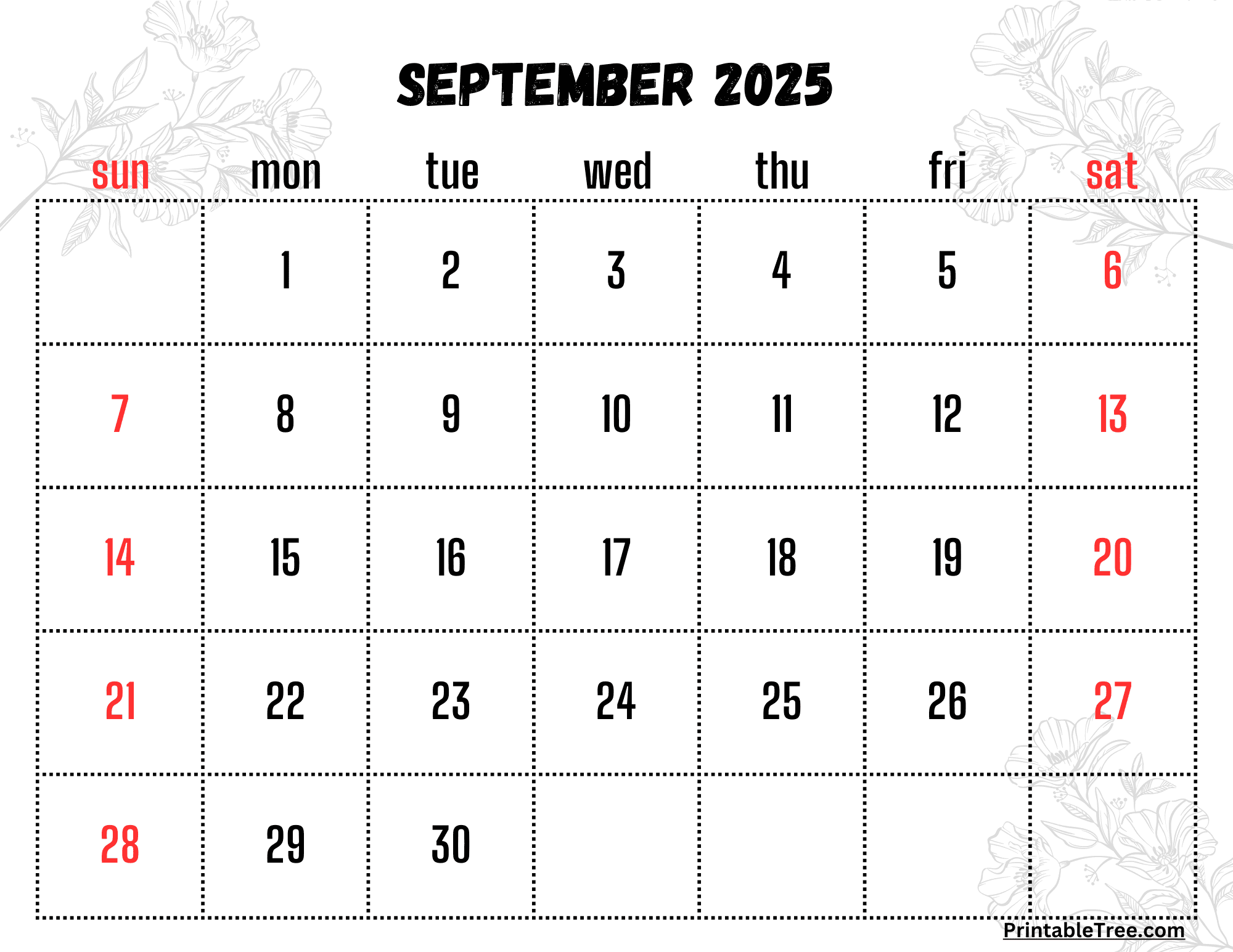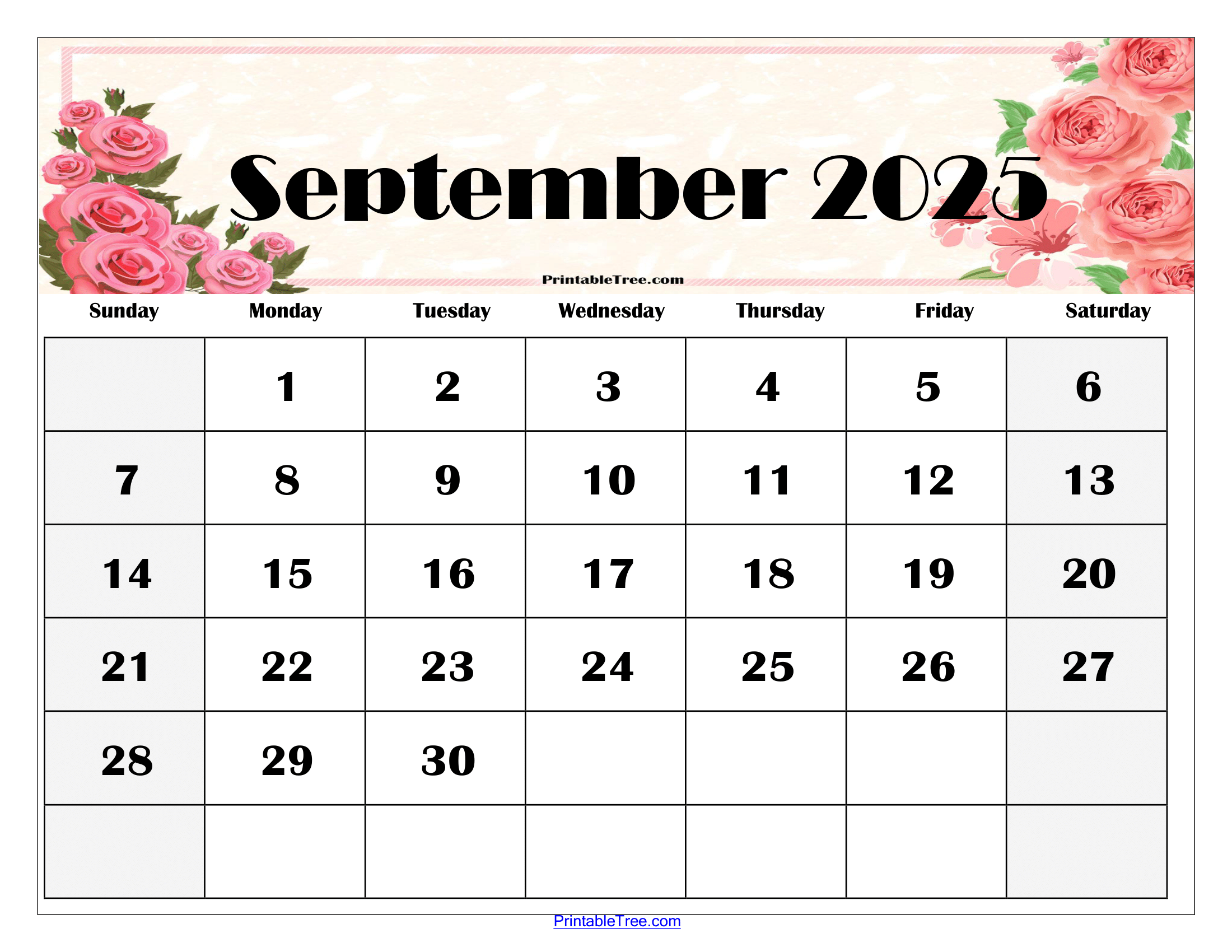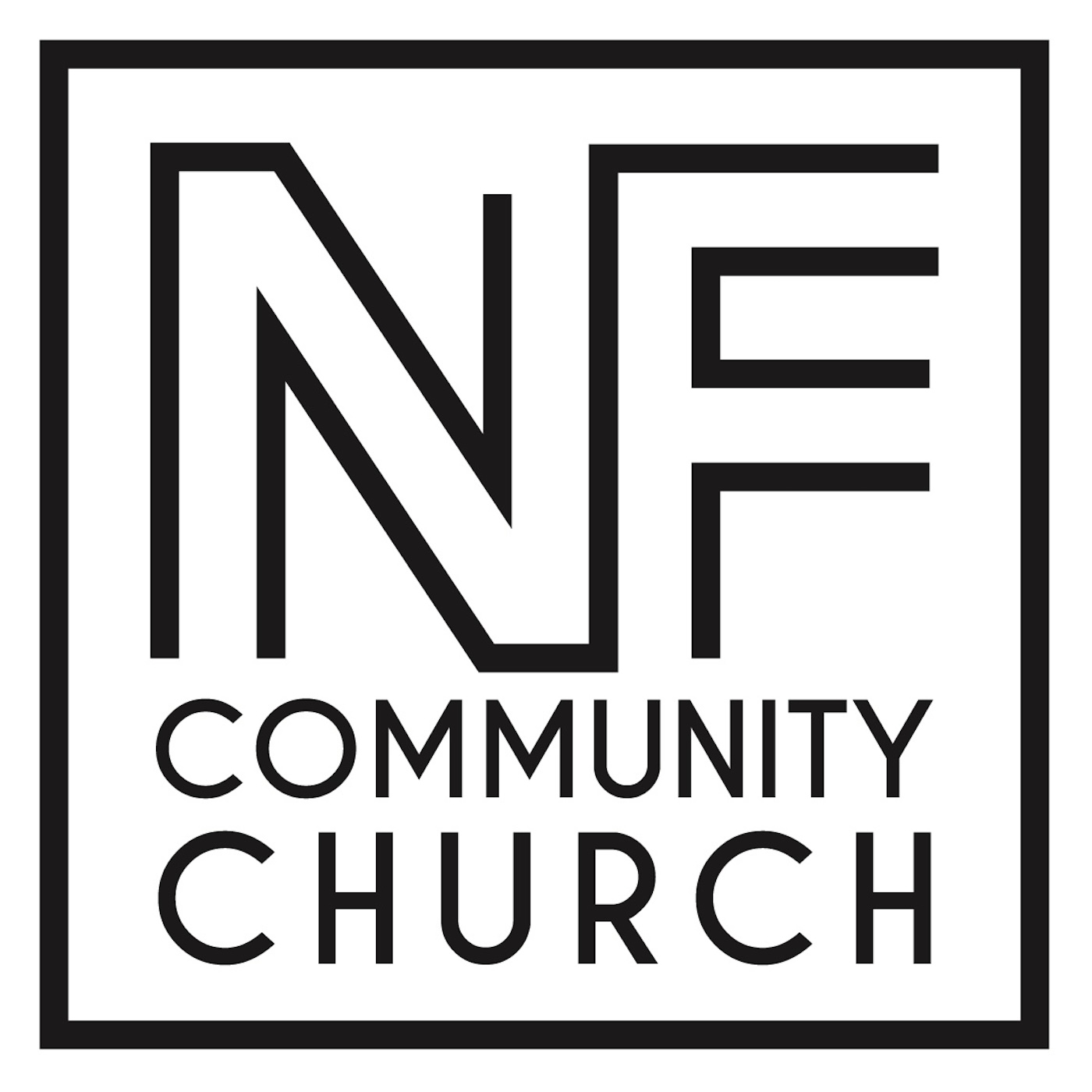Table of Contents
- What's in a Date-Marking the Sept 25 Sign?
- How Does "Sept" Act as a Sept 25 Sign?
- Is "SEP" a Different Kind of Sept 25 Sign?
- What Can Learning French Tell Us About the Sept 25 Sign?
- How Do Time Units Clarify the Sept 25 Sign?
- What About Expressing Duration for the Sept 25 Sign?
- Understanding the "Index" of the Sept 25 Sign
When we think about a particular day on the calendar, like September 25th, it is more or less like looking at a special kind of marker, a signal that points to something specific. Every single date, you see, carries its own set of characteristics, sometimes tied to how we talk about it, or perhaps the way it shows up in official papers. It's not just about what happened on that day, but also how the very words we use to pinpoint it give it a unique sort of identity, a kind of linguistic fingerprint, if you will. This makes us think about how we recognize and use these date signs in our everyday conversations and formal documents.
September, for instance, has its own particular ways of being referred to, and these methods themselves act as distinct marks. We often see it shortened, or perhaps appearing in a very specific format, especially when it comes to official records or computer-generated listings. These different appearances are, in a way, like subtle signals that help us quickly figure out what we are looking at, whether it's a casual note or something much more formal. It really just goes to show how much information can be packed into a few letters, telling us about the date itself and even the situation it's found in.
So, when we consider something like the "sept 25 sign," we're really looking at the various ways September 25th is presented and understood through its linguistic and structural indicators. It's about how the month's name, or its common short forms, act as clear signals for that particular day. This exploration takes us through how we use language to mark time, how different abbreviations carry different implications, and how even the structure of a sentence can give us a fuller picture of a moment in time. It’s pretty interesting, actually, how these small details shape our perception of a specific date.
- Gloria Torres Only Fans
- Celeste Ackelson Nude
- Chatgpt Plus Subscription Iran Payment Method
- Openai Chatgpt Plus Iran Payment Method
- Real Carly Jane Real Name
What's in a Date-Marking the Sept 25 Sign?
Dates, you see, are far more than just numbers on a calendar; they are, in a way, a fundamental part of how we organize our lives and remember important moments. Every single day, whether it is September 25th or any other, carries with it a distinct identifier, a special kind of tag that helps us place events in a sequence. These tags allow us to coordinate, to plan, and to look back on what has happened. Without these clear markers, our sense of history and even our daily routines would be, well, a little bit jumbled. We rely on them quite a lot, actually, for just about everything.
Consider for a moment how we talk about September 25th. We use words and numbers to give it a specific spot in the year, making it a clear reference point. This act of naming and numbering is, in essence, creating a "sign" for that particular day. It’s a way of saying, "This is the day," distinguishing it from all the others. The way we choose to phrase it, the short forms we might use, all contribute to this unique signal. It's a bit like giving each day a special badge, making it easy to spot in the long line of passing time. This is particularly true for a specific date like the sept 25 sign, where the month itself carries its own common abbreviated forms.
The very act of marking a date like September 25th helps us to create a shared sense of time. When we refer to it, everyone generally knows what we are talking about, because these date-marks are universally understood within a given culture. It allows for collective memory, for shared celebrations, and for the simple coordination of daily activities. So, the "sign" of September 25th is not just about the day itself, but also about the common ways we signify it, making it a clear and recognizable point in our shared experience. It’s pretty neat, how these simple markers function.
- Karen Fisher Biography
- Vanna Einerson Fapello
- Nicolo Robert Tucci
- Was George Reeves And Christopher Reeves Related
- Yessica Kumala
How Does "Sept" Act as a Sept 25 Sign?
When it comes to the month of September, one of the most familiar ways we see it shortened is "sept." This particular abbreviation is, in a way, the most common one used across North America, which makes it a very strong and recognizable marker. It's a quick and efficient method to refer to the month without having to write out the full name every single time. This widespread use makes "sept" a sort of universal signal, a quick visual cue that instantly tells us which part of the year we are discussing, especially when paired with a day like the 25th, forming the sept 25 sign.
The fact that "sept" is the usual abbreviated form means it carries a certain weight of familiarity. People are used to seeing it, reading it, and understanding it without a second thought. This makes it an incredibly effective "sign" for the month. Imagine if there were many different common abbreviations; it would be a bit confusing, wouldn't it? But because "sept" is so consistently used, it acts as a very clear and dependable indicator. It really simplifies things for everyone, making communication about dates much smoother and faster. It's pretty much a standard now.
So, when you see "sept" preceding a number like "25," you immediately grasp that it refers to September 25th. This abbreviation functions as a distinct part of the overall "sept 25 sign," providing a concise and widely accepted way to identify that specific date. It's a practical example of how language adapts to make communication more streamlined, turning a longer word into a short, sharp signal. This is how "sept" becomes a crucial element in how we mark and understand the passage of time, especially for a particular day like the twenty-fifth of September.
Is "SEP" a Different Kind of Sept 25 Sign?
Beyond the familiar "sept," you might sometimes come across "SEP" as an abbreviation for September. This particular form, interestingly enough, often carries a slightly different feel, a kind of distinct visual characteristic. I, for one, tend to associate "SEP" with things like computer-generated forms or perhaps the kind of stamp you might see on a piece of mail, a postmark, for example. In these instances, all the months are often abbreviated in a similar three-letter, all-caps format, giving them a very uniform and official appearance. This means "SEP" acts as a more formal or standardized "sept 25 sign" in certain contexts.
The reason for this difference in association is really quite interesting. While "sept" feels more like a natural, everyday shortening, "SEP" seems to belong to a more structured or automated environment. It suggests a system where consistency is key, where every month gets the same treatment, creating a predictable pattern. This makes "SEP" a kind of coded signal, a specific type of mark that tells you not just the month, but also something about the origin or purpose of the document it appears on. It’s a very precise way of marking things, actually.
So, while both "sept" and "SEP" point to September, they convey slightly different nuances about the "sept 25 sign." "Sept" is the friendly, everyday shorthand, while "SEP" is more like the official, machine-printed stamp of approval. Both are effective ways to identify the month, but they do so with different stylistic implications, giving the date a subtly varied kind of identity depending on its presentation. It's a good reminder that even small variations in how we write things can carry extra layers of meaning, shaping how we perceive the information.
What Can Learning French Tell Us About the Sept 25 Sign?
Exploring how other languages handle time and dates can offer some really interesting insights into how we perceive and use these markers, including something like the "sept 25 sign." When I was learning French back in school, for example, we were taught to say all the endings, to pronounce every part of the words for the months and days. This emphasis on full pronunciation, on giving every sound its due, highlights a different approach to linguistic precision compared to our common use of abbreviations. It suggests that every bit of the word carries its own piece of the meaning, a kind of complete linguistic sign.
This focus on completeness in French, as opposed to our English tendency to shorten, makes you think about what we gain and lose with abbreviations. While "sept" is efficient, pronouncing the full French word for September (septembre) is, in a way, a more deliberate act, giving the word its full weight. This attention to detail in language, in how words are formed and spoken, can show us how different cultures place different values on how information, including dates, is presented. It really just adds another layer to our understanding of how language shapes our perception of a date's "sign."
Furthermore, the French language often highlights the importance of context when discussing time. There's a common understanding that you only specify certain details when the person you are talking to doesn't already know what part of the day you're referring to. This idea, that information is only given when necessary, speaks to how we interpret "signs." If the "sept 25 sign" is already clear from the conversation, then adding extra details might not be needed. It teaches us that the effectiveness of a sign often depends on the shared knowledge between communicators, making communication more fluid and natural. It's a very practical aspect of language, in some respects.
How Do Time Units Clarify the Sept 25 Sign?
The nuances of language, particularly when it comes to expressing units of time, can really shed light on the precision that goes into marking a specific date, like the "sept 25 sign." Take French, for example, where there's a distinct difference between "an" and "année." "An" is used as a unit of time, and you'd typically see it after cardinal numbers, like saying "four years." It points to a simple count, a straightforward measurement of time passing. This particular usage is, in a way, a very direct kind of temporal marker.
On the other hand, "année" places more emphasis on the duration, on the entire stretch of time involved. You'd use it with adjectives or ordinal numbers, perhaps to describe a "good year" or the "first year." This distinction shows how language can provide very specific "signs" for different aspects of time. It's not just about counting units, but also about describing the quality or the sequence of those units. This level of detail in how we talk about time means that even a date like September 25th can be seen not just as a point, but as part of a larger, described period.
This linguistic precision helps to clarify the exact nature of the "sept 25 sign." It’s not just a random day; it's a specific point within a larger framework of time, a framework that can be described with great care. The way French differentiates between "an" and "année" is a good illustration of how words themselves act as precise tools for marking and understanding time, ensuring that when we refer to a date, we are conveying exactly the right sense of its temporal context. It’s quite fascinating, how language does that.
What About Expressing Duration for the Sept 25 Sign?
Thinking about how we express duration in language can give us even more insight into the specific nature of a "sept 25 sign" as a precise temporal marker. For instance, in French, you could say, "Je commençais à étudier le français il y a quatre ans," which means, "I started learning French four years ago." This sentence structure clearly indicates a starting point in the past and a duration leading up to the present. It's a way of pinning down a moment in time with great accuracy, showing the distance from that point. This is a very clear kind of temporal sign, telling you not just when, but for how long.
Another way to express this in French is, "Cela fait quatre ans que je étudie le français," which means, "It has been four years that I have been studying French." This phrasing emphasizes the ongoing nature of the action over that specific period. Both expressions are about marking time, but they do so with slightly different focuses on the beginning versus the continuous state. This variation in expression shows how language gives us flexible tools to describe time, allowing us to highlight different aspects of the "sept 25 sign" if we were talking about an event happening on that day.
These examples from French illustrate how important it is to have clear ways to talk about how long things last, or when they began, especially when pinpointing a specific date like September 25th. The choice of words, the structure of the sentence, all contribute to the precise "sign" of the time being discussed. It highlights that a date isn't just a static point, but often a part of a longer story, a story that language helps us to tell with clarity and accuracy. It's pretty cool, how these linguistic tools work.
Understanding the "Index" of the Sept 25 Sign
When we consider the various ways dates are marked and understood, it becomes clear that certain elements act as a kind of "index" or pointer, guiding us to the correct meaning. The very phrase "index," as we have seen with "sept," refers to something that indicates or points out. So, when we talk about the "sept 25 sign," we are really talking about the various indicators that help us identify and interpret September 25th. These indicators are crucial for making sure everyone is on the same page about a particular moment in time. It's a very straightforward way of directing attention.
The way we use "sept" as an abbreviation, or "SEP" in more formal contexts, serves as a direct index to the month of September. These are the quick, clear signals that help us date things, telling us "from when" something originates. This concept of an "index" is vital for clarity in communication, whether it's a casual conversation about plans for September 25th or a formal document requiring precise dating. It makes sure that the "sept 25 sign" is always unambiguous, leaving no room for confusion about the period being discussed. It really helps to keep things neat and tidy.
Moreover, the idea of clear and complete answers, like those given in response to questions about time, adds to this notion of a reliable "index." When someone provides a thorough explanation, perhaps including a reference page from a language resource, it strengthens the clarity of the temporal marker. Saying "d'ici à demain," "Noël," or "septembre" offers very precise points in time. This commitment to clear communication ensures that the "sept 25 sign," or any other date, is presented in a way that is easily understood and universally recognized. It’s pretty important, actually, for effective communication.
Even the idea of someone carefully going over accounts, like Honorine making her calculations with great application, speaks to the precision needed when dealing with dates and time. This attention to detail in handling figures and records ensures that every "sept 25 sign" is correctly noted and understood. It highlights that the marking of time, whether through abbreviations, full words, or numerical systems, relies on a careful and deliberate process to be truly effective. All these elements, from linguistic choices to careful record-keeping, contribute to how we establish and interpret the clear markers of our calendar, making sure that dates like September 25th are always precisely understood.
- Chatgpt Plus Access Iran
- Openai Chatgpt Plus Price Iran
- Chatgpt Plus Price Iran
- George Reeves Related To Christopher Reeves
- Leaked Zone Sophie Rain



